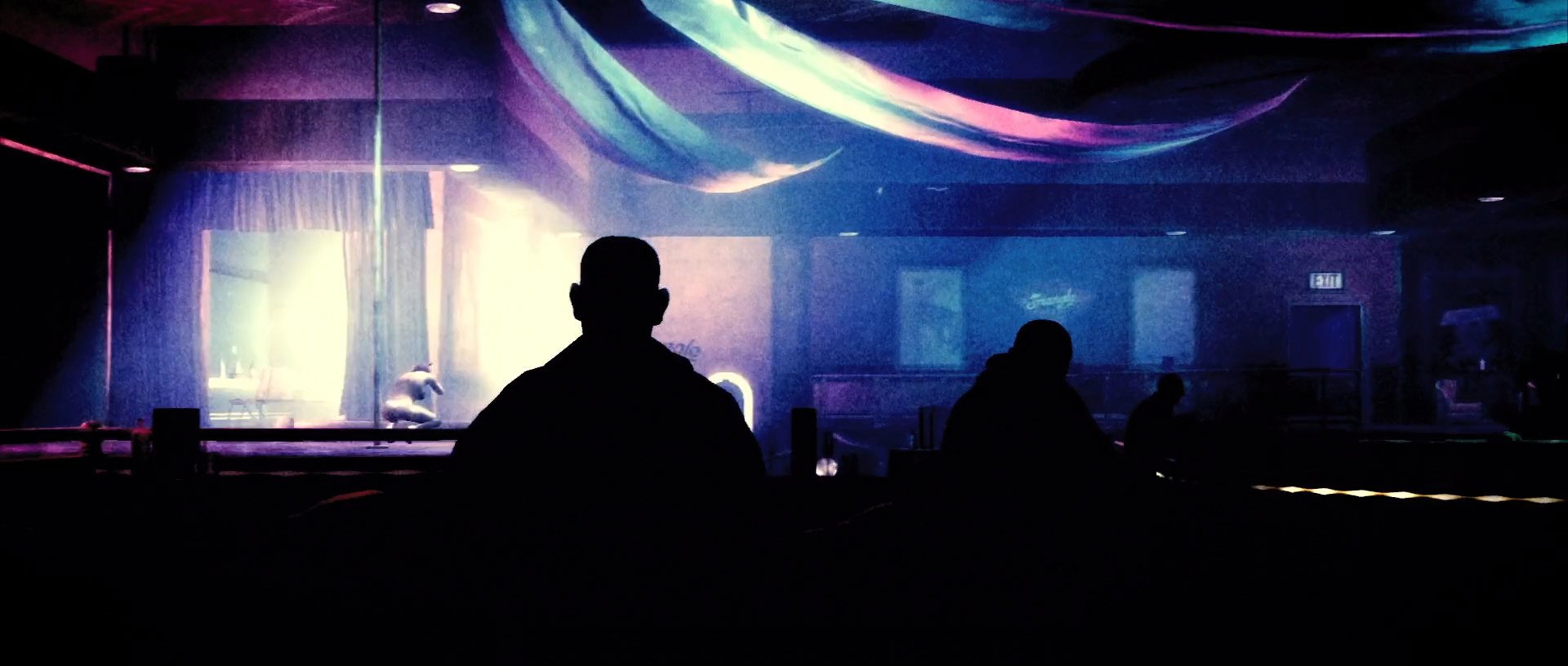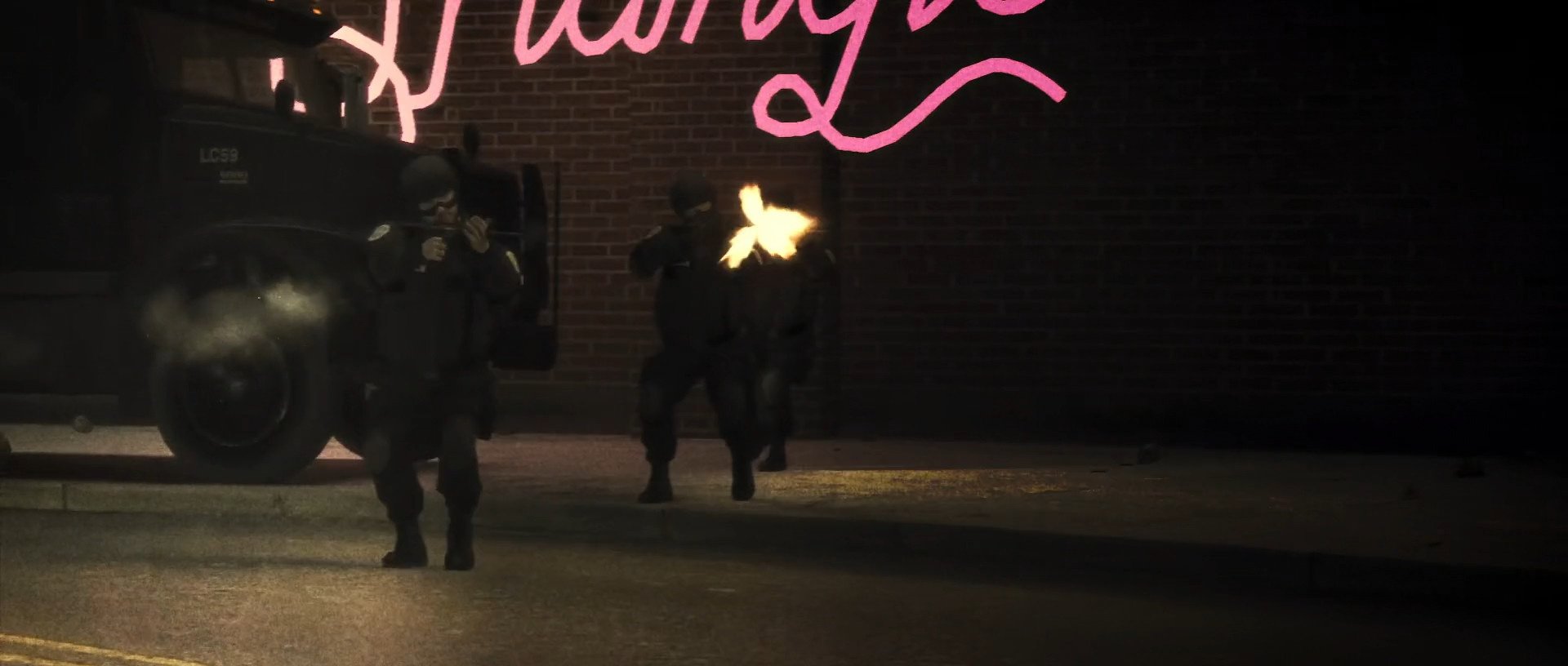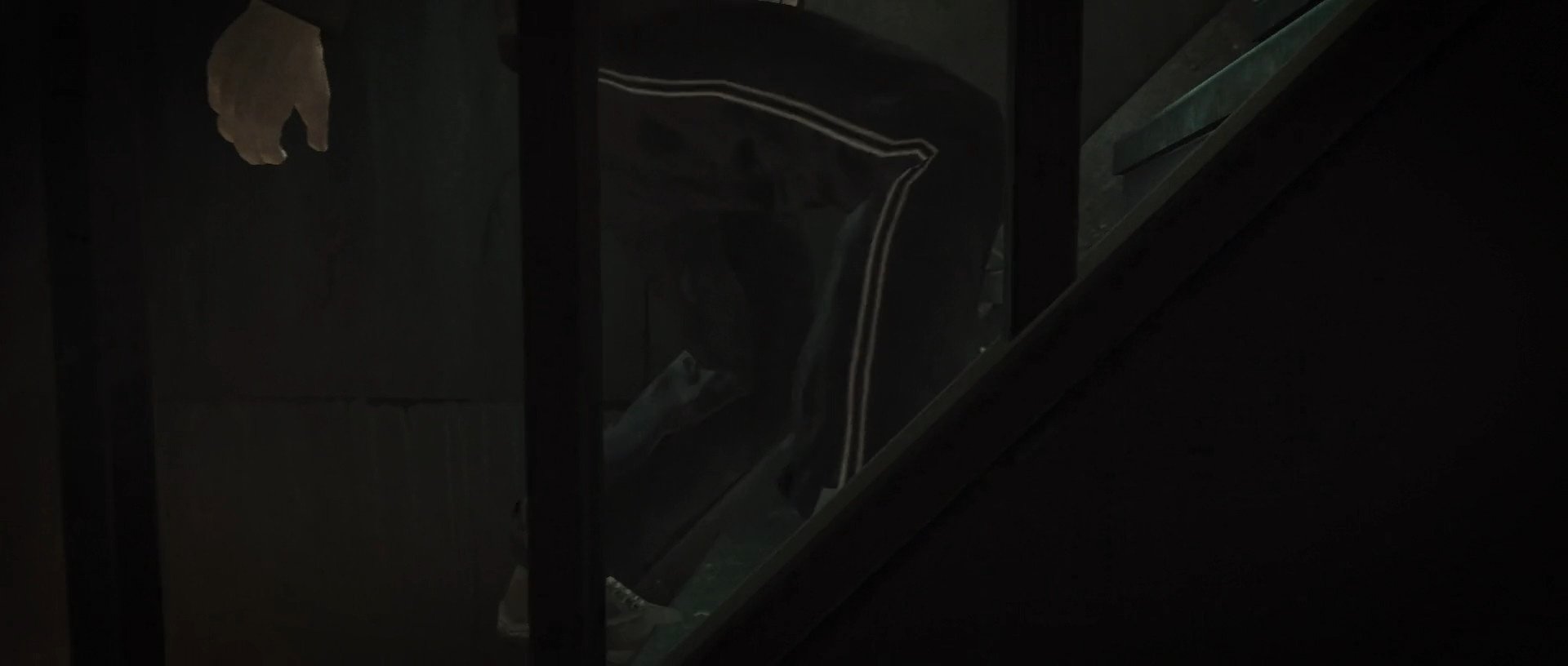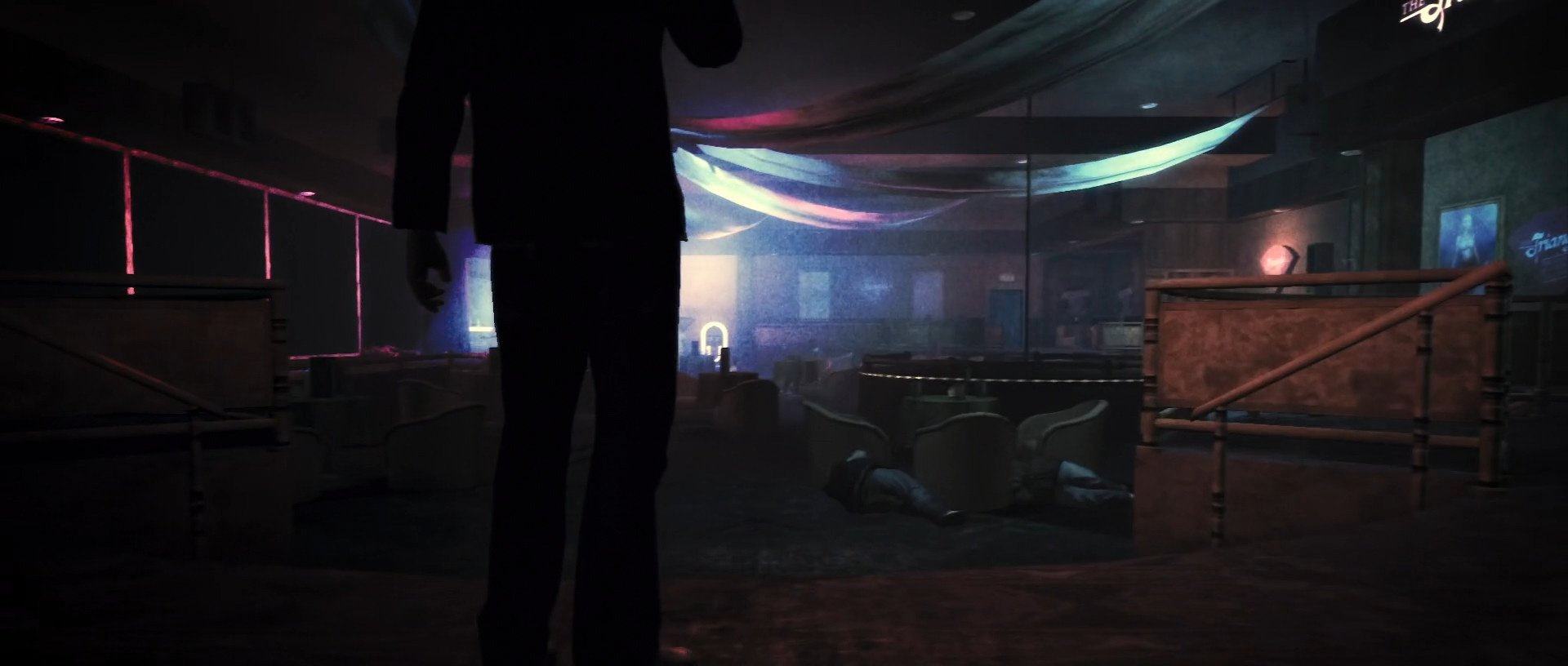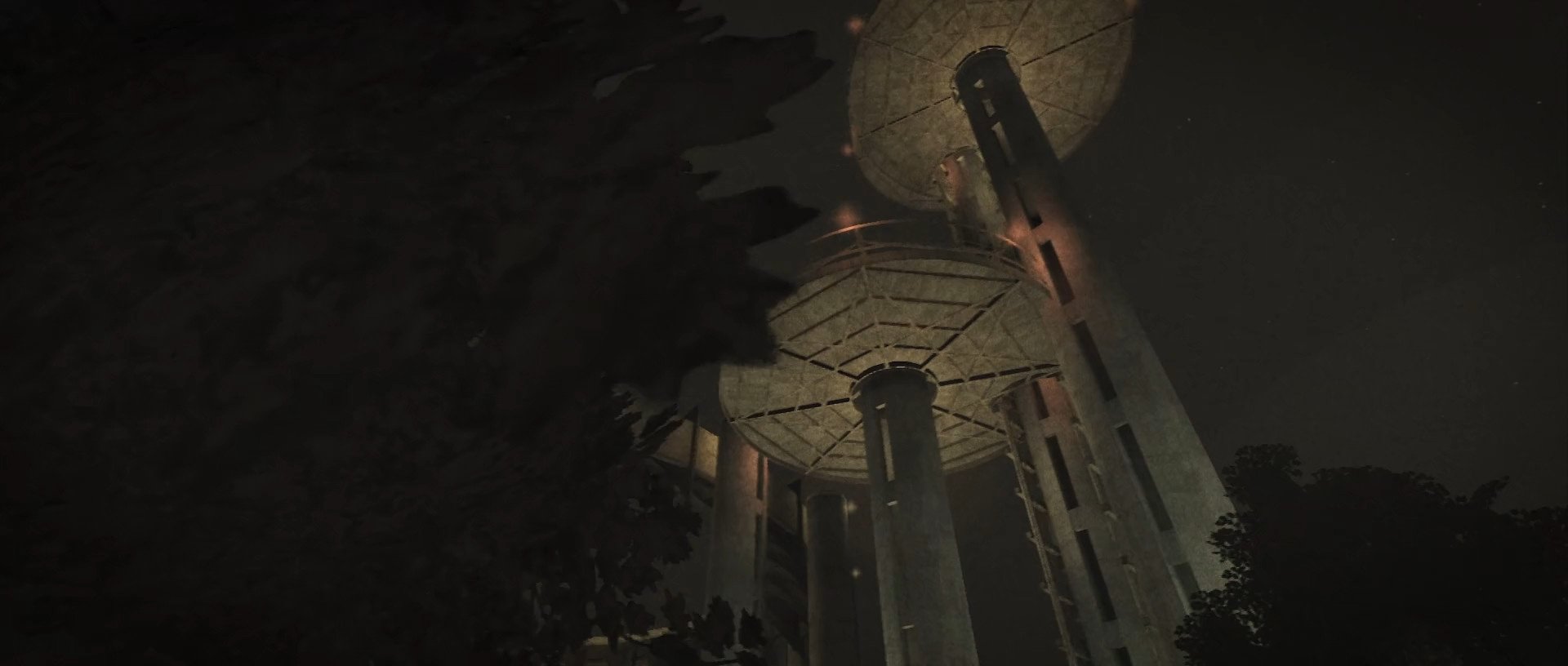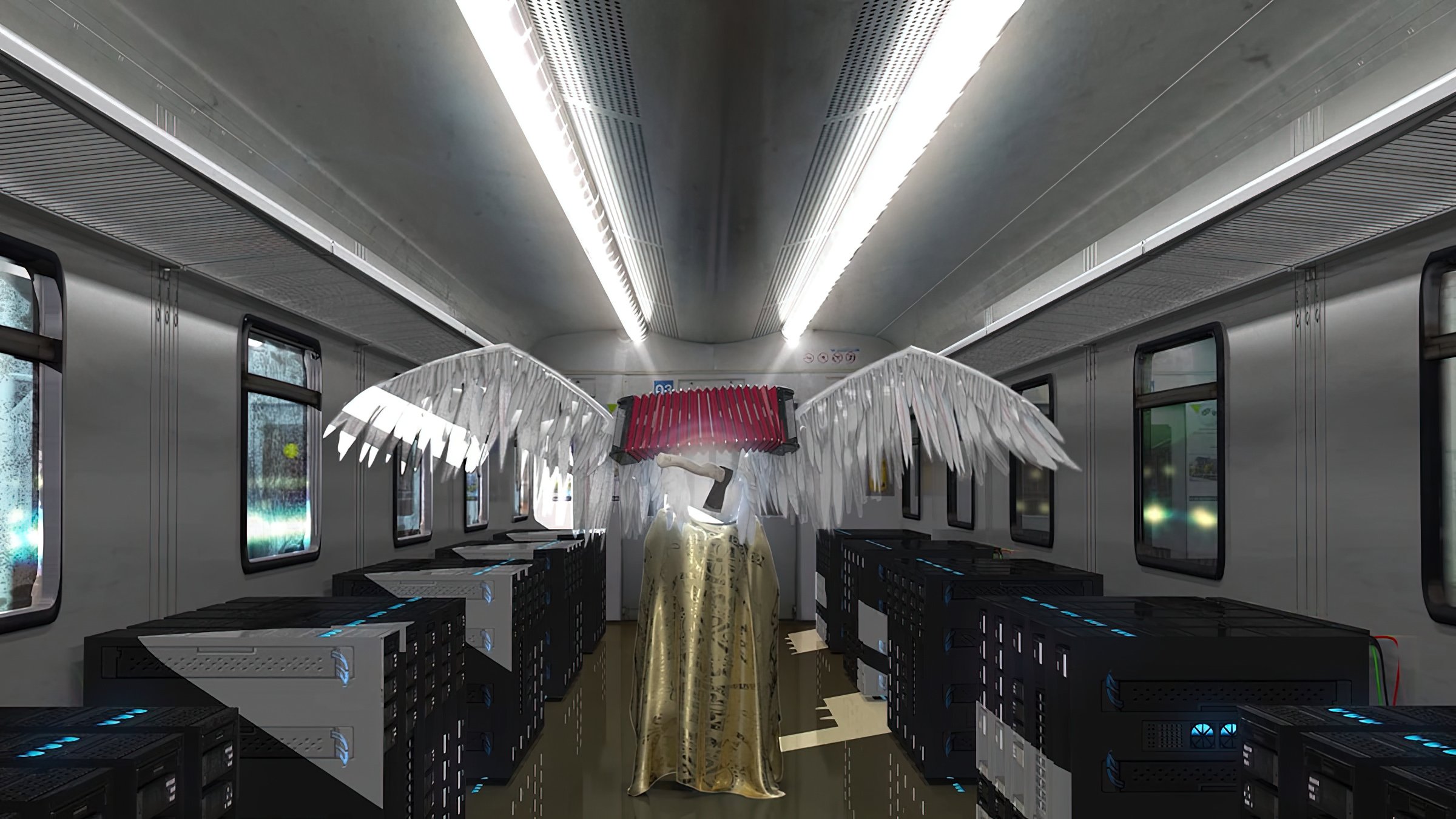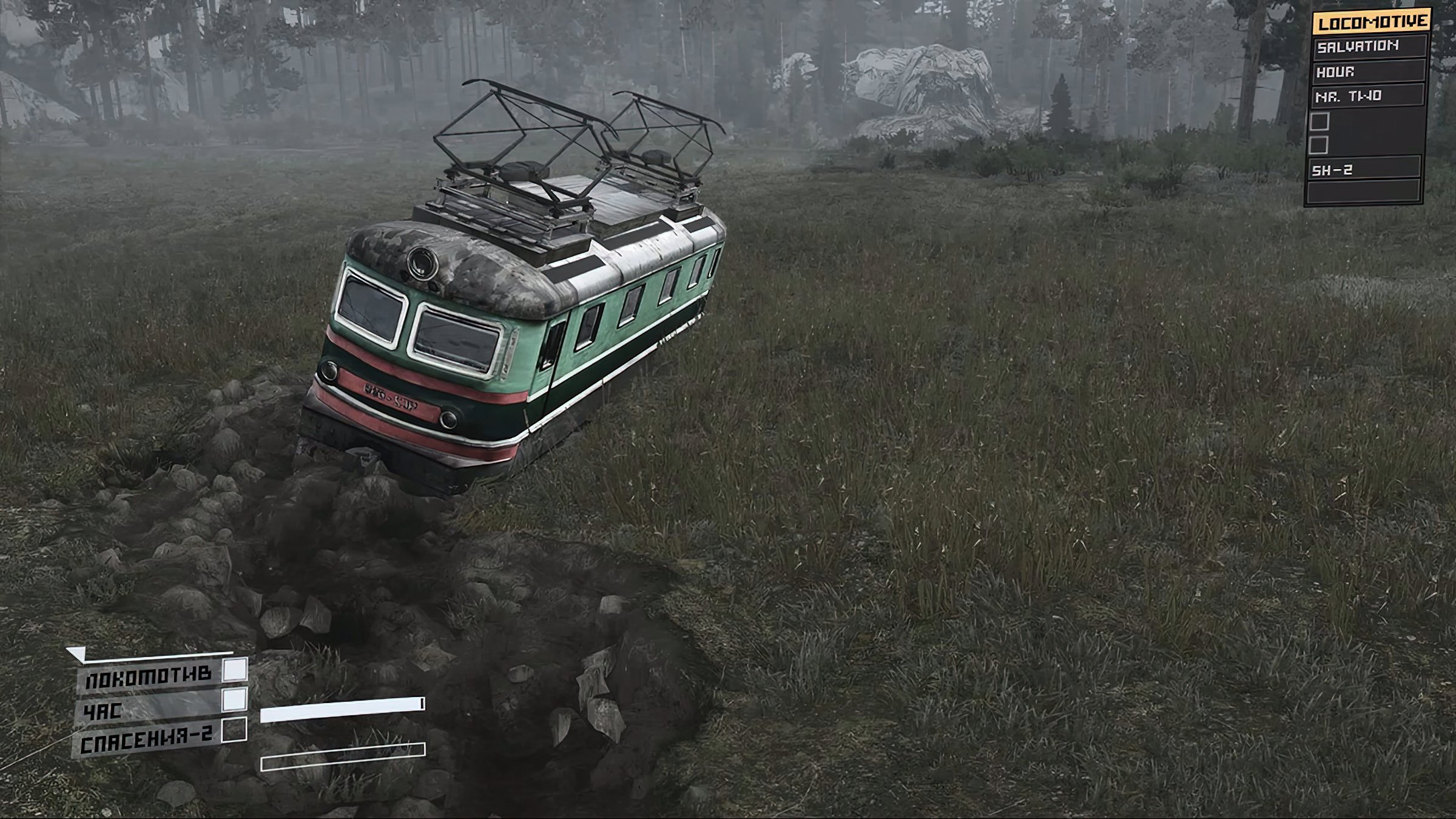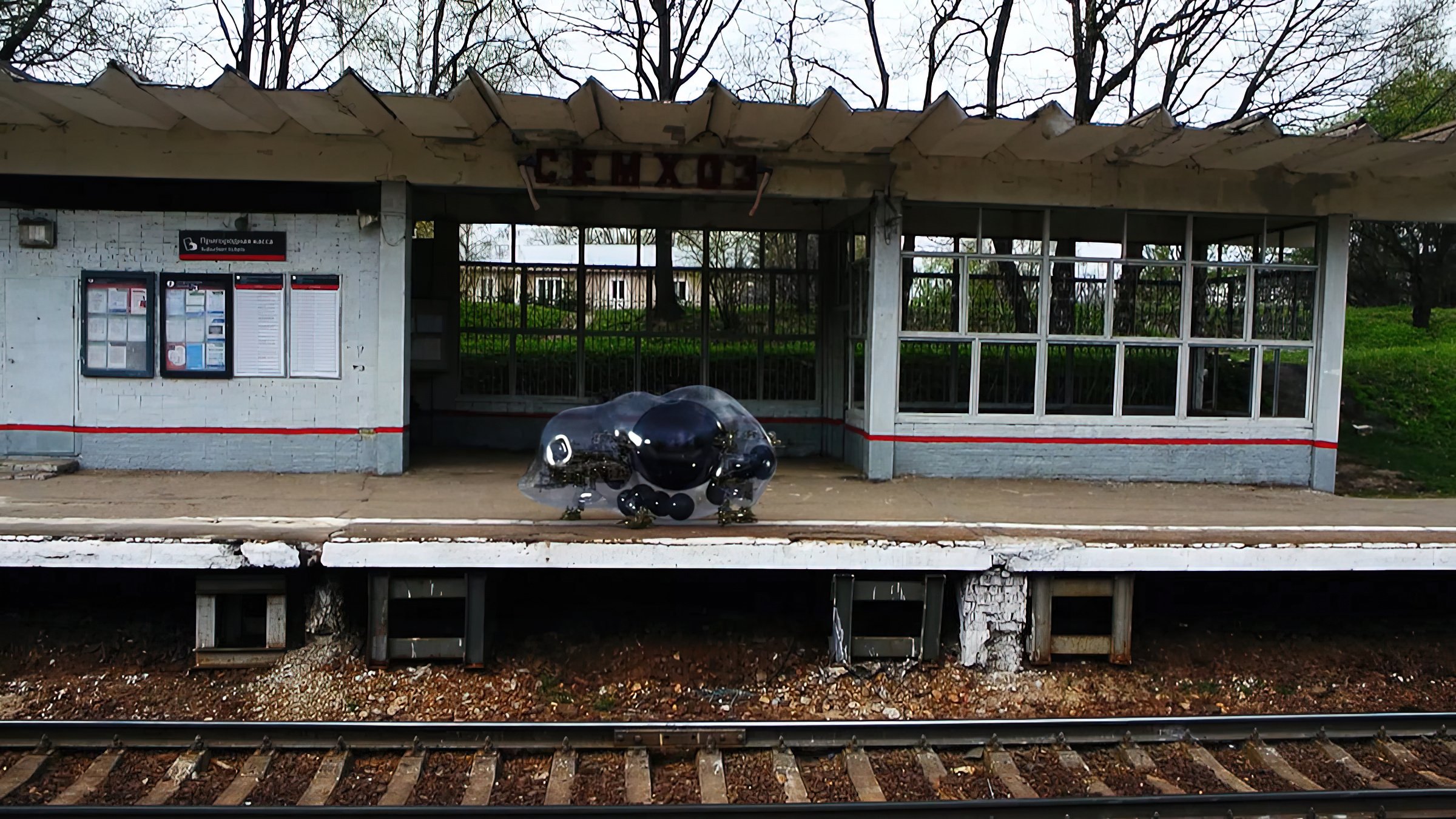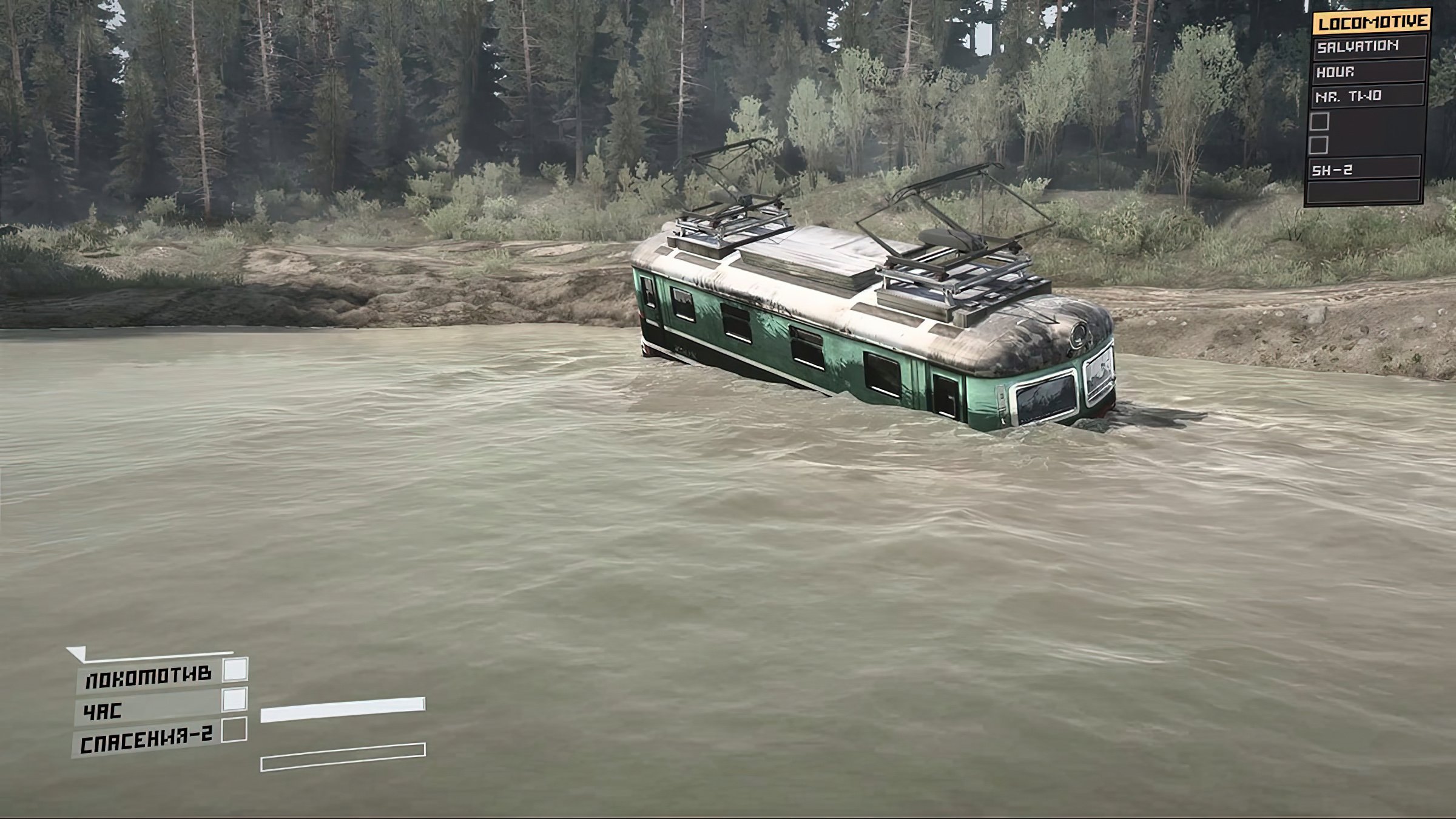VRAL is currently showcasing Regression 4, Jordy Veenstra’s latest installment in his ongoing monumental investigation of San Andreas. To accompany the screening, we are delighted to present Collateral Damage, an experimental machinima developed with/in Grand Theft Auto IV.
PATREON-EXCLUSIVE CONTENT
〰️
PATREON-EXCLUSIVE CONTENT 〰️
Jordy Veenstra’s re-edited version of his machinima short Collateral Damage utilizes the open world of Grand Theft Auto IV as a canvas for an experimental narrative that defies expectations. Originally created in 2012 as a more traditional crime story, the 2018 cut runs just 2 minutes but packs a provocative punch. Veenstra transforms the possibilities afforded by Rockstar Games sandbox into an avant-garde work that challenges both artistic and gameplay conventions. Through innovative editing and a focus on psychological tension, Collateral Damage provides a mature reflection on violence and chaos within the criminal underworld.
As a machinima created using assets from Grand Theft Auto IV, Collateral Damage immediately cues certain expectations about the chaotic, crime-ridden nature of Rockstar’s fictional Liberty City. However, Veenstra subverts these themes right from the start. The opening shots follow two men driving through the rainy night time streets not on some criminal escapade, but engaged in muted conversation. One man seems to be confiding in the other about being framed by an acquaintance. Veenstra then cuts to the interior of a nondescript apartment, where the atmosphere grows increasingly tense and surreal between the two men. Extreme close-ups, off-kilter angles, and disjointed editing introduce visual disorientation and psychological friction. Strange flashes fill the screen at key moments, suggesting internal turmoil. Rather than depicting high-octane gameplay action, these oblique sequences focus on building an atmosphere of brooding unease.
Matteo Bittanti
Works cited
Jordy Veenstra
Collateral Damage
digital video, color, 1’ 58”, 2012/2018, The Netherlands
made with Grand Theft Auto IV, Rockstar Games, 2008
Mods: Rockstar Editor, by Rockstar Games; Simple Trainer by sjaak327
All images and videos © Jordy Veenstra 2022
This is a Patreon exclusive content. For full access consider joining our growing community.

